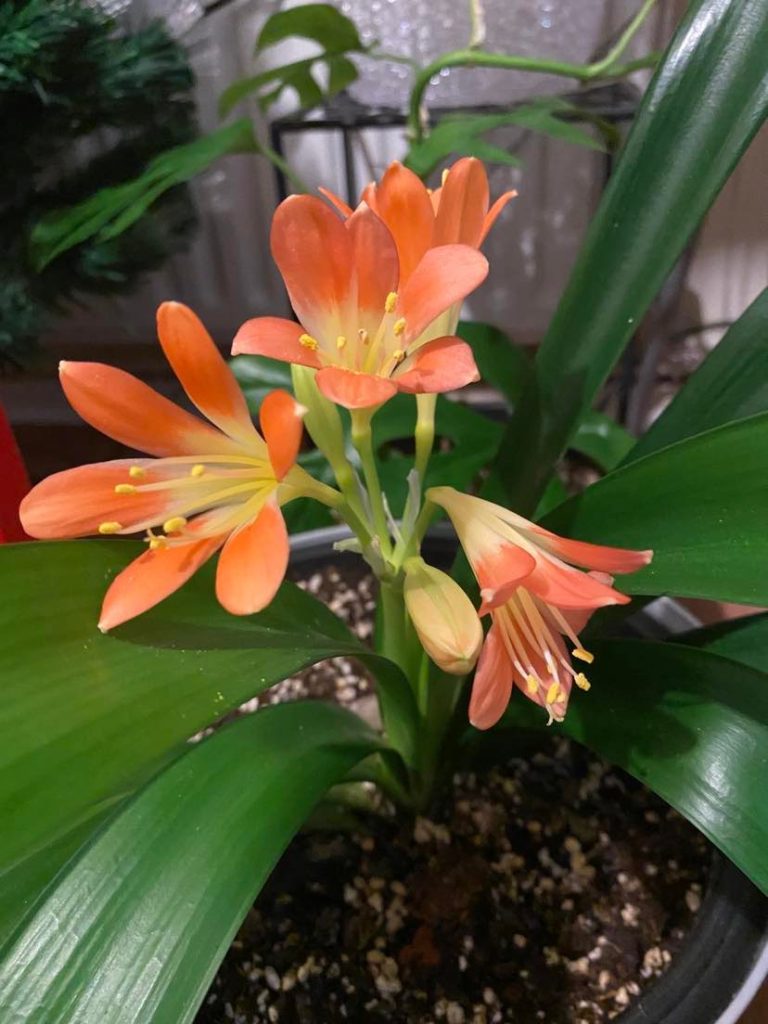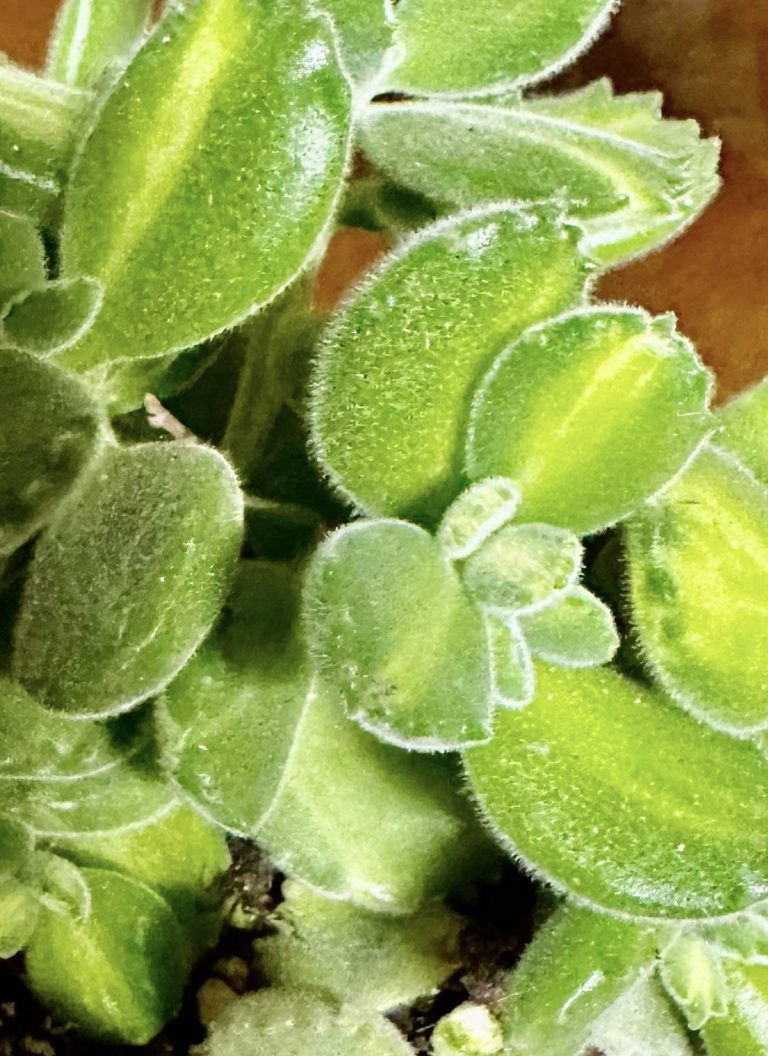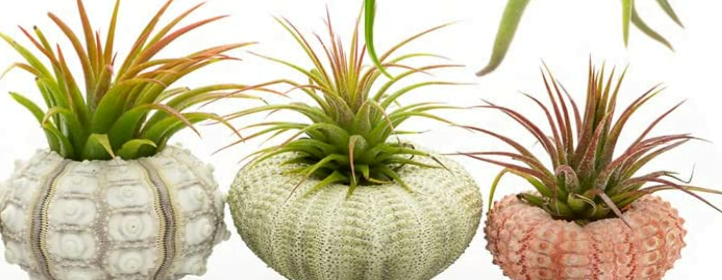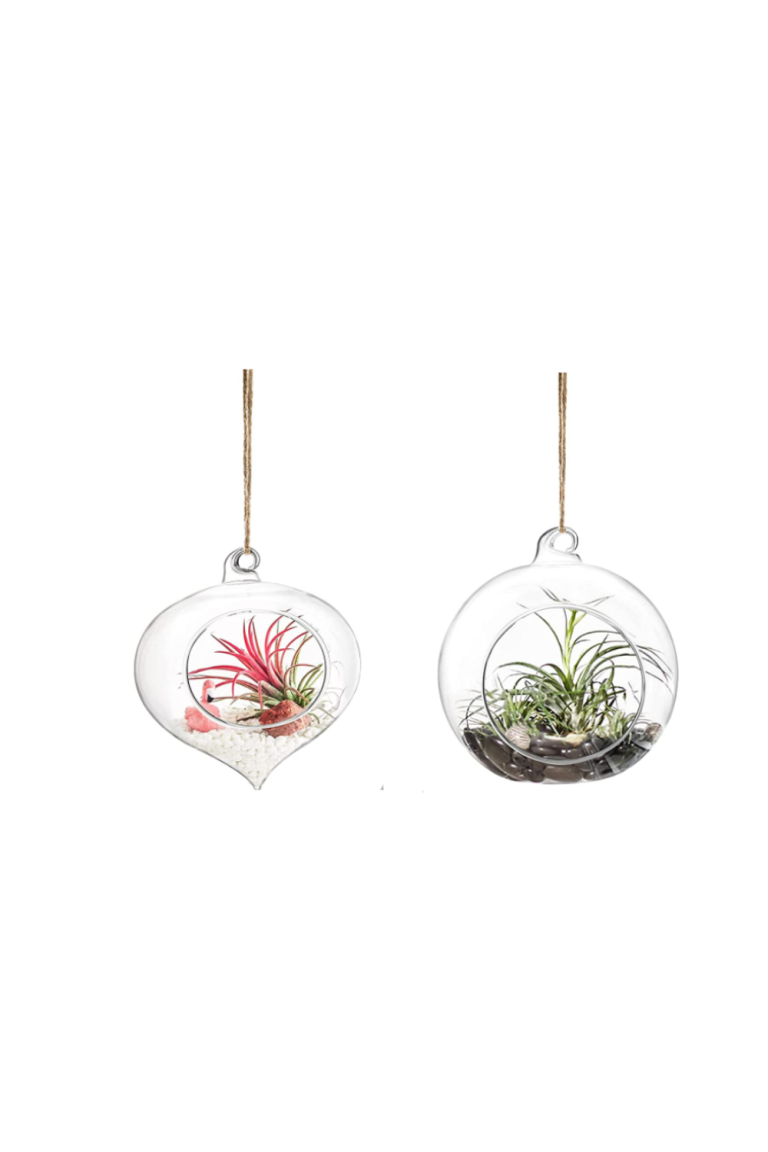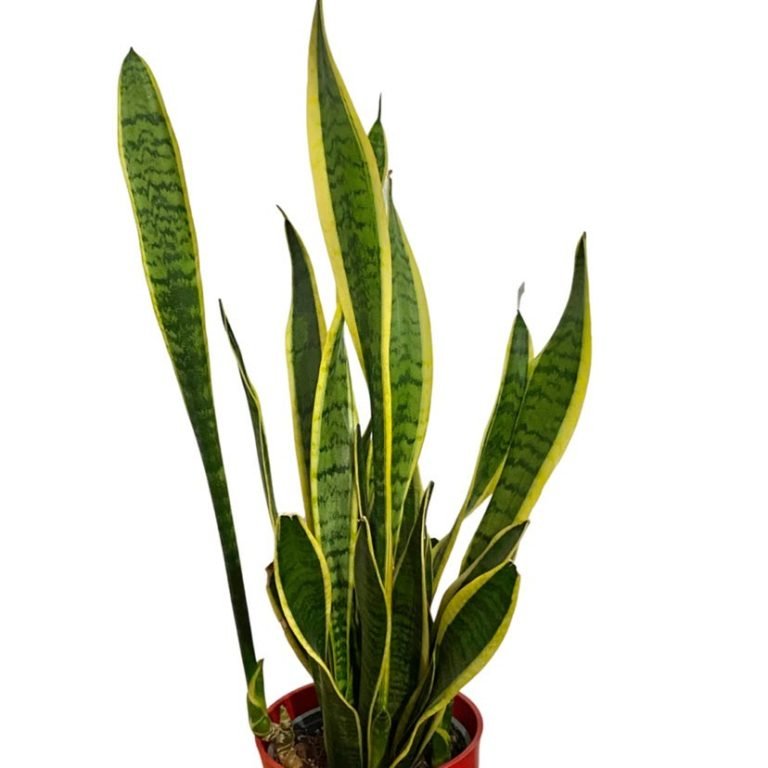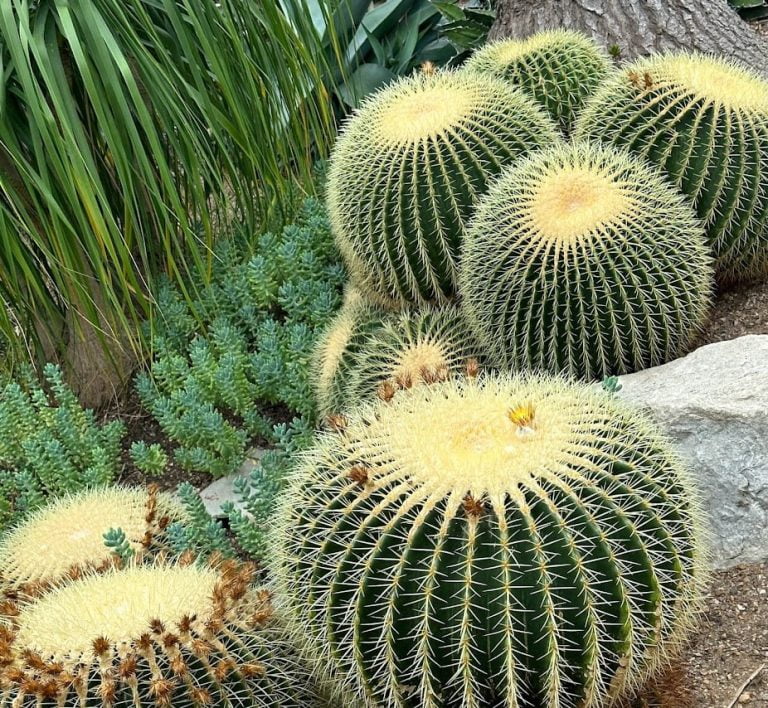Best Houseplants to Grow Indoor
There are a few key factors to consider when choosing a plant that will suit your home or environment best:
Different plants have different light requirements, so it is important to consider the amount of light available in the location where you plan to keep the plant. Some plants need bright, direct light, while others prefer low or indirect light. The common houseplants that need bright, direct light are:
- Cactus
- Succulents
- Aloe vera
- Snake plant (Sansevieria)
- Dragon tree (Dracaena)
- Agave
- Yucca
- Lemon tree
- Grapefruit tree
- Orange tree
Here is a list of some common houseplants that prefer low or indirect light:
- African violet (Saintpaulia ionantha)
- Cast iron plant (Aspidistra elatior)
- Chinese evergreen (Aglaonema)
- Christmas cactus (Schlumbergera)
- Fiddle leaf fig (Ficus lyrata)
- Heartleaf philodendron (Philodendron scandens)
- Jade plant (Crassula ovata)
- Pothos (Epipremnum aureum)
- Spider plant (Chlorophytum comosum)
- ZZ plant (Zamioculcas zamiifolia)
It is important to note that all plants have specific light requirements and that it is best to choose a plant that is well-suited to the light conditions in your home. Over time, it is normal for plants to adapt to lower light levels, but providing a plant with the appropriate amount of light from the start will help it thrive.
Consider the temperature range in your home or environment. Some plants are more tolerant of colder or warmer temperatures than others.
Some plants require high humidity, while others prefer a dry environment. Consider the humidity level in your home or environment and choose a plant that is well-suited to those conditions.
Here is a list of some common houseplants that prefer a dry environment:
- Cactus
- Succulents
- Aloe vera
- Snake plant (Sansevieria)
- Dragon tree (Dracaena)
- Agave
- Yucca
- Pothos (Epipremnum aureum)
- ZZ plant (Zamioculcas zamiifolia)
- Spider plant (Chlorophytum comosum)
Here is a list of some common houseplants that prefer high humidity:
- African violet (Saintpaulia ionantha)
- Boston fern (Nephrolepis exaltata)
- Chinese evergreen (Aglaonema)
- Christmas cactus (Schlumbergera)
- Fiddle leaf fig (Ficus lyrata)
- Heartleaf philodendron (Philodendron scandens)
- Peace lily (Spathiphyllum)
- Pothos (Epipremnum aureum)
- Prayer plant (Maranta leuconeura)
- Spider plant (Chlorophytum comosum)
It is important to note that all plants have specific humidity needs and that it is best to choose a plant that is well-suited to the humidity conditions in your home.
Over time, it is normal for plants to adapt to different humidity levels, but providing a plant with the appropriate amount of moisture from the start will help it thrive.
In order to increase the humidity around your plants, you can mist them regularly, use a humidifier, or place them on a pebble tray filled with water.
Different plants have different watering needs. Some require frequent watering, while others prefer to dry out between watering. Consider your own watering habits and choose a plant that is easy for you to care for.
Consider the size of the plant and whether it will fit in the location where you plan to keep it. Also consider the ultimate size of the plant and whether it will be appropriate for the space in the long term.
If you have pets or young children, it is important to choose a plant that is non-toxic. There are many safe options available, so be sure to do your research and choose a plant that is appropriate for your household.

